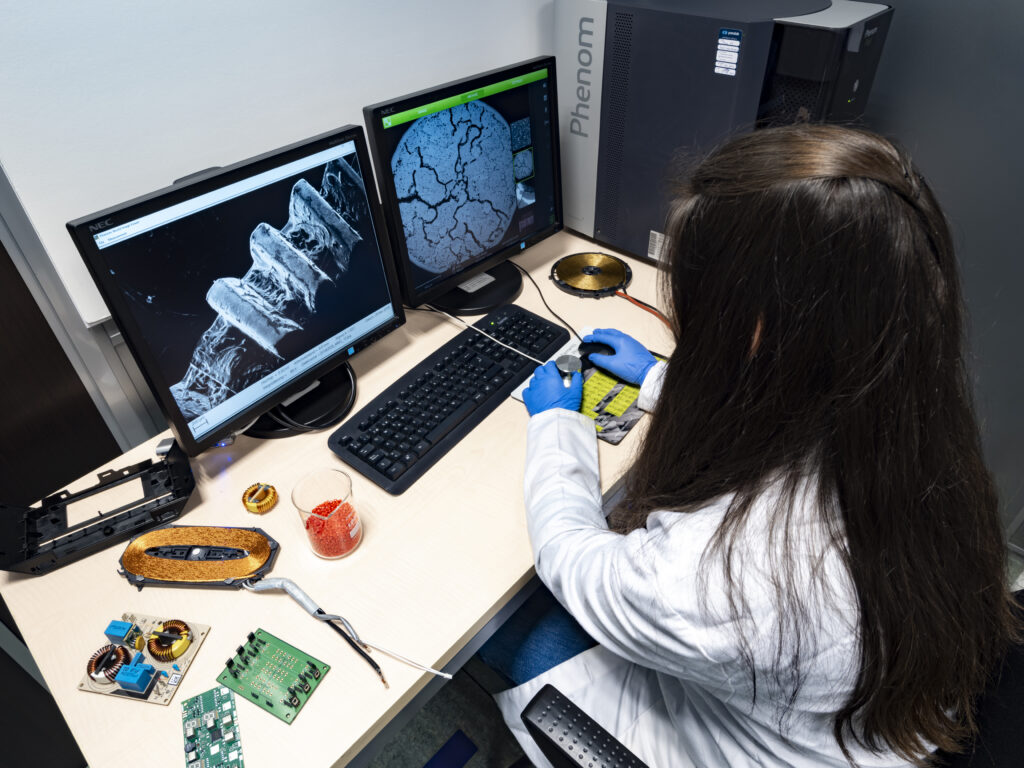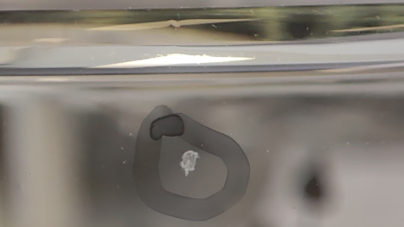What was the challenge or problem to be solved?
INFINITIA’s Forensic Engineering team faced the challenge of carrying out a process of reverse engineering and chemical analysis of paints, with the aim of assessing whether the safety data sheets provided by the supplier accurately reflected their actual composition, especially with regard to volatile compounds.
The customer had serious doubts about the presence of undeclared contaminants that could compromise both the safety of the working environment and the quality of the final product. This uncertainty posed a risk, as any discrepancy in the technical information could lead to problems during the use and handling of the material.
The main challenge was to select the appropriate technique to analyse a number of compounds present in the paints, some of which were not covered by specific regulations. The objective of the project was clear: to determine whether the contaminants identified in the paint samples matched the information provided in the supplier’s MSDS and, if inconsistencies were detected, to provide the customer with reliable information to take the necessary corrective actions.

¿Cómo se abordó o cuál fue la solución?
How was it addressed or what was the solution?
To address this problem, the INFINITIA team carried out a detailed visual inspection of the cups using a stereoscopic magnifying glass. This analysis identified surface defects such as bubbles and inclusions within the glass, which pointed to a possible cause of breakage. These irregularities, although they may be small, can cause weak spots that are aggravated when the glass is subjected to stresses from contact with hot liquid.
Subsequently, an analysis of the material composition was carried out. The results indicated that the material used was suitable and complied with the specifications to withstand temperature changes. This ruled out the possibility that the failure was related to an unexpected change in the chemical composition of the material.
The team also analysed the internal stresses in the glass. Although no significant internal stresses were detected that could explain the fracture, the observations of visible defects were still the main factor to consider.
From the tests and analysis conducted, it was hypothesised that the stresses generated by the contact with the hot liquid were concentrated in the defects, which prevented proper stress dissipation, causing the cups to break.
The success of the project lay in identifying that the failure was not in the material composition or internal stresses, but in structural defects generated during the manufacturing process. These defects weakened the glass mugs and, when in contact with hot water, caused them to fracture.
With this information, the manufacturer was able to make adjustments to the production process to ensure the quality and safety of the mugs.


